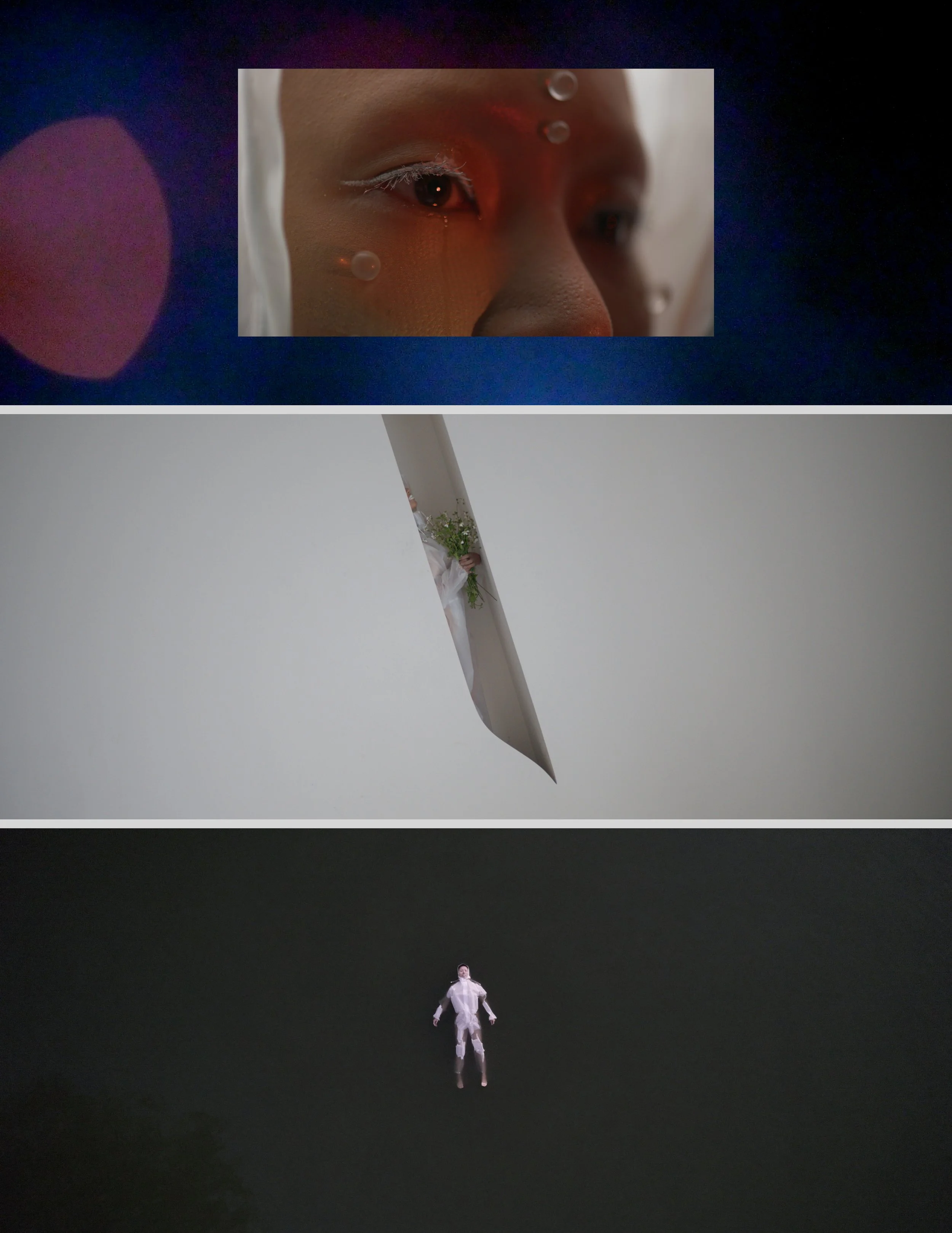Anthony Reed
UNITED KINGDOM
http://www.anthony-reed.com
“C+C" Media Art Residency
Anthony Reed is an English born artist and photographer who now works and lives in Shanghai. He works mainly in medium format film and digital photography. Reed graduated from Norwich University of the Arts in 2007 with a degree in Fine Art. After that Reed moved to China to study Chinese at Qingdao Ocean University and then went on to work as a photographer. His work broadly explores the built environment and the processes of transformation in the past 12 years in China, mostly in his new home in Shanghai but also in many other parts of the country. First as an outsider and observer, then as a habitant, he has witnessed the drastic transitions of this land, documented them with his own visual language and depicted the interactions between these diverse locations and their inhabitants.
安东尼·里德是来自英国的艺术家及摄影师,目前工作并居住在上海。他主要采用中画幅胶片机和数码相机进行创作。里德于2007年毕业于诺威奇艺术大学纯艺专业,随后他来到中国并在青岛海洋大学学习汉语并开始了他的摄影创作生涯。他的作品主要探索的是已有的人工建设环境和过去在中国的12年时间里目睹的转变过程。他主要的拍摄地点位于上海,也包括中国的其他地点。从最开始的一名局外人和观察者,到后来的居住者,他目睹了在这片土地之上发生的剧烈变化,并以他个人的视觉语言记录了下来,描写的是多样性的地点与其中的居住者们之间的动态关系。
Luminous City |耀辉之城
Photography
A series of photographs exploring the contemporary urban environment of Changsha. Quiet contemplative observations of a radically transforming urban landscape. Towering neon lit towers boldly signal a new chapter for the city. The ancient city was completely destroyed in the great fire of 1938 but managed to rebuild itself from the ashes. A city closely associated with revolutionary zeal, neon clad skyscrapers cast their colours on the surrounding streets and skies, their enduring glow hints to an enticing future, one detached from its ancient roots.
My work broadly explore the subjective interpretation of the built environment and rapid processes of transformation in China. In my artworks, we sense the city's dense urban fabric. Tightly packed apartment blocks, recently demolished lots, abandoned interiors, towering skyscrapers. For me, cities are where lonely people stay crowded together. I captured this contrast in the images, and explore abstract emotions with figurative images.
这是一系列探索长沙当代城市环境的照片,对着彻底改变的城市景观进行安静的沉思观察。高耸的霓虹灯塔大胆地标志着这座城市的新篇章。在1938年的大火后,被完全摧毁的古城在灰烬中重建,一座与革命热情密切相关的城市,霓虹灯覆盖的摩天大楼在周围的街道和天空上投下色彩,它们持久的光芒暗示着一个诱人的未来。
我的作品广泛探索了对中国建筑环境及其快速转型过程的主观解释。在我的作品中,我们能感受到密集的城市肌理—紧凑的公寓楼、最近被拆除的地段、废弃的房屋内部、高耸的摩天大楼。对我来说,城市是孤独的人们聚集在一起的地方。在图像中,我捕捉到了这种对比,并用具象的图像探索抽象的情感。
The Crossing | 穿越
Video 10’ 04’’
An explorative and experimental collaboration between Korean Artist and performer MJ Lee and English photographer and filmmaker Anthony Reed.
MJ Lee: I use many creative methods of improvisation. At the beginning of this collaboration, without any solid direction, I performed spontaneously at Meixihu Cultural Center with Anthony Reed. It was not easy to perform due to the constructed nature of photography and video, and the repetitive process of making films. Working within this constraint, however, is the aim of our collaboration. At the same time, I enjoy the process of constantly communicating and learning with artists who practice different styles. It was an experience where the photographer perceives space from his point of view, mediated via the camera lens. A symbiosis between opposite characters creates impetus.
To me, space is an immaterial element that has ‘energy.’ Through my performance, I try to engage with and immerse myself in the energy of a given space. Additionally, I was inspired by the energy of the city in historical and geographical terms and added elements of ‘fire’ and ‘water,’ known as antagonistic elements, to reflect this history. While researching Changsha, I was surprised that there is painful trauma behind this luminous city. However, just as fields are burned to make fertile land for farming, Changsha is renewed and perpetually dreams of the future.
Anthony: An abstract and intuitive response of time and place emerges from this collaborative work with MJ, her willingness to engage, grapple and challenge my ideas created a window for me to continually re-imagine and re-formulate the work throughout its production. At times our collaborative process was far more irrational and intuitive than deliberate and intellectual, it was in moments of divergence that our creative process seemed to find its direction.
MJ’s performative instincts would often provide these moments of re-interpretation, like a script unfolding live, I would try to take what I saw and re-formulate it into an ever evolving mental storyboard.
The architecture itself would provide another crucial layer of interpretation and experimentation. Enveloped inside a vast empty shell, the building's ethereal interiors exerted its own spell and fed our creative visions.















